|
A lonely stone exists amidst the graves of prominent personages located in Mount Olivet’s Area G on the ascending slope of Cemetery Hill. This locale was also once known as Pumphouse Hill because of the said dug well and “pump” placed atop our chief geologic feature which fed water in all directions through an elaborate trough system. The gravestone in question is within the Baugher family plot, only 15 yards from the fenced-in area known as the Potts Lot, one of the iconic landmarks of Mount Olivet. Maria Louisa Coppersmith’s marble grave has a commanding view of the burial grounds’ northernmost section, looking toward the heart of downtown Frederick City. Others buried in the Baugher Lot are Maria Louisa’s parents, Isaac (1787-1848) and Ann Elizabeth (Greenmyer) Baugher (1796-1876), brother Charles H. (1830-1912) and wife Meliora Ogle (Dahl) Baughman (1836-1926) and sister Emma C. Baughman (1843-1911). Our cemetery records reveal that Charles was a veteran of the American Civil War where he served in the Union’s Potomac Home Brigade outfit as captain of Company D. He would die in his later home of Takoma Park in Montgomery County. Sister Emma was a nun, cloistered in Washington, D.C., the place of her death. This family hailed from Abbottstown, Pennsylvania, and Maria Louisa Coppersmith’s great grandparents, Johann George Bager (1725-1791) and Anna Elizabeth Schwab are said to have given rise to all Baughers in the United States. The couple came from Giessen, Darmstadt, Germany in 1748 and sailed to America on a ship called the "Rawley" in 1752. The "u" and "h" were added to the Bager name upon arrival in North America, most likely thanks to immigration officials at the Port of Philadelphia, but that is likely an "old German wives' tale." The Baugher emigrants settled in Berwick Township, Pennsylvania and had 13 children including Maria Louisa’s grandfather, John Christian Frederick Baugher (1754-1831). His son, Isaac Baugher, would reside in Emmitsburg and appears to have had a family farm in the northern Frederick County vicinity of Lantz, a crossroads intersection northwest of Thurmont along the road to Sabillasville (MD550). Although not familiar with Maria Louisa and the Baugher family (outside of the successful orchard and produce operation of Westminster in neighboring Carroll County), I knew the name “Coppersmith” which has always made me think of Charles Dickens (1812-1870) and his famed novel David Copperfield. Of course, you may also say that I am reminded of the magician/illusionist by the same name of more recent times. Dickens, the gentleman who gave us Ebenezer Scrooge in his legendary A Christmas Carol, penned this novel in the Bildungsroman genre and it is narrated by the eponymous David Copperfield, detailing adventures in his journey from infancy to maturity. What is Bildungsroman, you may ask? It is a literary style that focuses on the psychological and moral growth of the protagonist from childhood to adulthood in which character change is important. This autobiographical novel is said to be “a very complicated weaving of truth and invention,” with events following Dickens’ own life. It was first published as a serial in 1849 and 1850 and as a book in 1850. Now that we’ve introduced Maria Louisa’s evocative name, at least for me, how did she come about it? Maria Louisa’s husband was a man named Lewis Frederick Coppersmith. In attempting research here for this “Story in Stone,” I found him to have led a somewhat mysterious life, filled with plenty of “ups and downs.” Not nearly as fascinating as David Copperfield from an artistic bent, however Lewis' life typifies Bildungsroman from what I can gather. In a way, the same can be said of Maria Louisa Coppersmith as well. All this aside, I pondered the question of why this couple is not buried side by side, or in Mr. Coppersmith's case, not in Mount Olivet at all for that matter? The character David Copperfield opens his autobiographical story with a question in which the author writes of himself: Will I be the hero of my own life, or whether that station will be held by anybody else, these pages must show? This means that he does not know where his approach will lead him, that writing itself will be the test. As literary critic Paul Davis puts it, "In this Victorian quest narrative, the pen might be lighter than the sword, and the reader will be left to judge those qualities of the man and the writer that constitute heroism." You be the judge in the cases of both Mr. and Mrs. Coppersmith. Here is more on their interesting life journeys. The Coppersmiths Maria Louisa Baugher married Lewis F. Coppersmith on November 2nd, 1839 in Frederick. Her husband, the second of three known children, was born in 1813, a year before Dicken’s David Copperfield (1814). From as far as I can tell, Coppersmith was born in Georgetown and lived his early life in the District of Columbia. His father, Henry (1782-1815) was a native Marylander and I conjecture the son of George Coppersmith, and grandson of a John Coppersmith who once owned a property in the late 1700s in the area that would become Mechanicstown (later Thurmont). I found their land holding was called “Timber Plenty” (surveyed in 1764) and this bordered land belonging to Peter Appel, who provided land for the church and graveyard that still bear his name. Lewis Frederick Coppersmith’s mother, Magdalena Eichelberger, also had definitive ties to northern Frederick County and, in particular, the Creagerstown area. Genealogists refer to her father as “Owens Creek” Frederick Eichelberger (1763-1838). Magdalena’s mother was related to the Motter family (for whom Motter Avenue was named) and originally from Emmitsburg. Henry and Magdalena Coppersmith married in 1808 in Frederick and went on to have children John, Lewis Frederick and Mary Ann Coppersmith. Henry died in 1815, when Lewis was only 2. His son (Lewis Frederick) appears to have had a favorable upbringing in Georgetown however, despite the loss of his father. He was well-educated, and even had the opportunity to study law. This follows the wishes of Henry’s last will and testament, written shortly before his premature death, in which he specifically called for "the continuing care and education of his children." From an old newspaper advertisement appearing in 1839, it appears that Lewis Frederick was involved in selling his Georgetown home, where he lived with his mother and sister, in exchange for western lands. He would marry Maria Louisa later the same year. This appears to have become a reality because Coppersmith can be found practicing law in Indiana by February, 1840. Apparently, Lewis had already been living out there, or commuting back and forth to the nation’s capital. The newlyweds would take up home in Columbus, Indiana, located about 40 miles southeast of Indianapolis. This would later be the birthplace of two notable individuals: former Indiana governor and U.S. vice president Mike Pence and basketball sneaker designer Chuck Taylor. My impeccable research assistant, Marilyn Veek, also found the following tidbits on Mr. C: “L.F. Coppersmith” is mentioned as publisher of the Columbus (IN) Advocate newspaper in 1837-1840. The January 8th, 1839 minutes of the Indiana Senate mention a petition from him and others “praying a change in the mode of doing county business in the county of Bartholomew.” In 1839, he was one of the superintendents for building the new courthouse in Columbus, and also a member of the bar there. He and others petitioned the Indiana legislature “praying sundry alterations in the act to incorporate the Columbus and Driftwood Bridge Company” – mentioned in relation to an act to incorporate the Columbus and Driftwood Bridge Company approved in 1839. Here is an excerpt mentioning Mr. C. from The History of Bartholomew County, Indiana published in 1888: Meanwhile, I found a document from the western land claims of the General Land Office in which Lewis held deed to 160 acres in Jeffersonville, (Bartholomew County) Indiana. The document was approved under the watchful eye of U.S. President James K. Polk. Another interesting purchase, closer to home, would follow. The Baltimore Sun newspaper identified Lewis Coppersmith as having purchased the Frederick Town Herald newspaper in 1849. We could not find an official deed however. Regardless, the Coppersmiths came back east to Frederick at this time. They can be found in the 1850 US Census living with Maria Louisa’s mother Ann Baugher. Was this move precipitated by the Herald opportunity, family ties, or both? Most likely it was caused by the death of Maria Louisa's father, Isaac Baugher, who died in 1848. I found an advertisement in a Washington, D.C. newspaper which showed that he had considerable holdings in the nation's capital, and this makes me wonder if the Coppersmiths met in Frederick or D.C. originally? Maria Louisa’s mother lived here in the building known as the Hahn house, on the northwest corner of East Church and Maxwell Alley (then known as Middle Alley). This is across from Heritage Frederick and next to the parsonage of Evangelical Lutheran Church. At this time (1850), Lewis’ mom (Magdalena) and sister can be found living with Eichelberger relatives in Creagerstown. Back in Frederick, Lewis F. Coppersmith would purchase a property just one block to the west of his home. This would be located on the northwest corner of Market and Church streets. He made this acquisition in the same year of 1850. Now, I have come across Coppersmith’s name several times in past research associated with downtown Frederick, originally seeing it in connection with a location named the Coppersmith Building, and more distinctly, “Coppersmith Hall.” This became a place where political meetings, and convalescing soldiers, were held during the American Civil War. More on all this in a minute. In my current job, I’ve read that Mr. Coppersmith was one of the charter members of the cemetery. He served on Mount Olivet’s founding Board of Directors from October 4th, 1852-May 7th, 1860. His cousin, Grayson Eichelberger (1822-1870), was also a charter member and served through to his death in 1870. Grayson doubled as Lewis F. Coppersmith’s brother-in-law as well, marrying Maria Louisa’s sister Amanda Baugher. The Eichelbergers are buried in the adjoining lot to Maria Louisa Coppersmith’s grave. By 1852, Lewis also found himself on the board of visitors for the Frederick Female Seminary and chairman of a committee responsible for raising funds for a stone foundation needed to build the new All Saints Church on West Church Street. I’m assuming he was a member of this congregation as well. Mrs. Coppersmith, however, belonged to the Lutheran church to my knowledge. Back to Coppersmith’s structure located at what today is 101 North Market Street, and also referred to as the “Herald Buildings” in early accounts. Researcher and author Terry Reimer did a wonderful job documenting the Civil War era history of this building in her 2001 book, One Vast Hospital: The Civil War Hospital Sites in Frederick, Maryland after Antietam. She explains that Coppersmith Hall was a three-story brick building erected in 1851 by its namesake. He published the Frederick Town Herald in the section of the building that faced Church Street. The piece that faced Market was utilized as a billiard saloon and auction house. I must add that Mr. C purchased another parcel at the southeast corner of Carroll and All Saints streets. In 1856, he apparently operated a barrel manufacturing facility here. Coppersmith had mortgaged the Market Street property to Farmers & Mechanics Bank a few months before he bought this Carroll Street property. Between 1855 and 1858 he borrowed money, both as promissory notes and mortgages, from local farmer/businessman John Loats, Central Bank, Union Bank of Baltimore and Fredericktown Savings. Despite this, in 1857, he apparently owed money (mortgage) to William L.W. Seabrook for the Fredericktown Herald (We didn't find an earlier deed for Coppersmith owning the Herald). Two of the mortgages to John Loats included not only real estate, but the barrel manufacturing equipment. By 1858, Coppersmith found himself indebted to John Loats for over $14,000. He sought relief under the "Act for Insolvent Debtors" and as a result lost both of his commercial properties. Market Street (Coppersmith Hall) was sold to John Loats and (brother-in-law) Grayson Eichelberger for $6,900, and the Carroll Street facility to John Sifford. The newspaper's printing press and equipment to John Wilson Heard, a southern sympathizer. With such great promise ahead of him as a member of Frederick's upper-crust, Lewis Frederick Coppersmith found himself an outsider, and was insolvent by 1860. He had to reinvent himself elsewhere. Lewis had a legacy that would live on, however. I found several instances of Union rally meetings being held in the spacious second floor of Coppersmith’s former building, definitely giving rise to the moniker “Coppersmith’s Hall.” This group began assembling on Wednesday nights, beginning in 1860, under the title of the National Union League of Frederick. When Frederick was selected as a military depot in August 1861, the building was used for storage of military supplies. The upper floors were used as barracks for the Provost Guard by 1861. As early as June, 1862, the building would be utilized to handle the overflow of patients that could not be accommodated at the Barracks Hospital. The Frederick Female Seminary’s Winchester Hall and this location served as the only non-churches of a group of buildings comprising General Hospital #3. So, what now for the Coppersmiths? Did Lewis simply fall back on his legal career? Since he had left the Board at Mount Olivet in May, 1860, I felt this was a pivot point of change for him. Embarrassed by his business failings, would he consider going elsewhere? How had Maria Louisa been dealing with the financial woes of her husband? Was she playing the role of the “long-suffering wife?” As Frederick hosted the Maryland General Assemble at a location cata-corner from Coppersmith’s Hall (Kemp Hall) in the summer of 1861, the winds of war would blow on Frederick the coming year. Meanwhile, L. F. Coppersmith "of Indiana" was appointed a clerk in the Office of the Secretary of the Treasury in January, 1862. He departed Frederick for Washington, D.C. at a very interesting time and apparently took up residence there in some capacity. Interestingly, Maria Louisa Coppersmith continued to reside here in Frederick. I questioned this at first, but recalled seeing Lewis Coppersmith’s name often as a hotel guest in Washington throughout the mid-1850s. Now as a clerk for the Treasury Department, perhaps he just commuted back and forth as many do today between Frederick and D.C., however the transportation of the time made it impractical for daily sojourns. Maybe he was gathering political news for his paper at the time. In the census records, Maria Louisa Coppersmith is listed as a clerk also, but was this for the Herald newspaper her husband was publishing, or his law practice, or somewhere else like the Frederick Courthouse? I may never know, but I discovered she was doing something much more admirable here during the Civil War. From an article found in late April, 1864, she was listed among the women of town playing an active role in administering aid to wounded and sick soldiers. I instantly thought to myself, “Wouldn’t it be fitting if she did this at Coppersmith Hall location?” 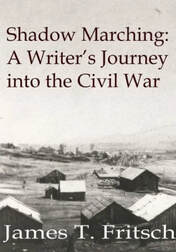 As I was wrapping up research for this piece, I accidentally stumbled upon something very fascinating. A gentleman named James Fritsch published a book in 2017 entitled Shadow Marching: A Writer’s Journey into the Civil War. I discovered this simply through a Google search on Coppersmith and the Civil War. Mr. Fritsch set out to follow in the footsteps of the 29th Ohio Infantry Regiment organized in Columbus, Ohio. His journeys while researching and writing this book brought him to Frederick as the outfit was given the duty of guarding the B & O Railroad bridge over the Monocacy River among other things. One soldier that Mr. Fritsch mentions is Nathan L. Parmater, a private assigned to Company E of the 29th. Back home before the war, Parmater, a native of New York, was “a country school-teacher and part-time student at Kingsville Academy (Kingsville, OH) back home in the Buckeye state. He also was the chief diarist of the 29th and would later be promoted to commissary sergeant by war's end. In September of 1862, Pvt. Nathan Parmater would be brought to Frederick City by army ambulance, and took up quarters at the Coppersmith Hall hospital. Fritsch says that: “he was carried on a stretcher so sick he was unable to sit up. It was here that he was nursed back from the near-dead, and by the time he left here he was well-enough again to continue the war.” 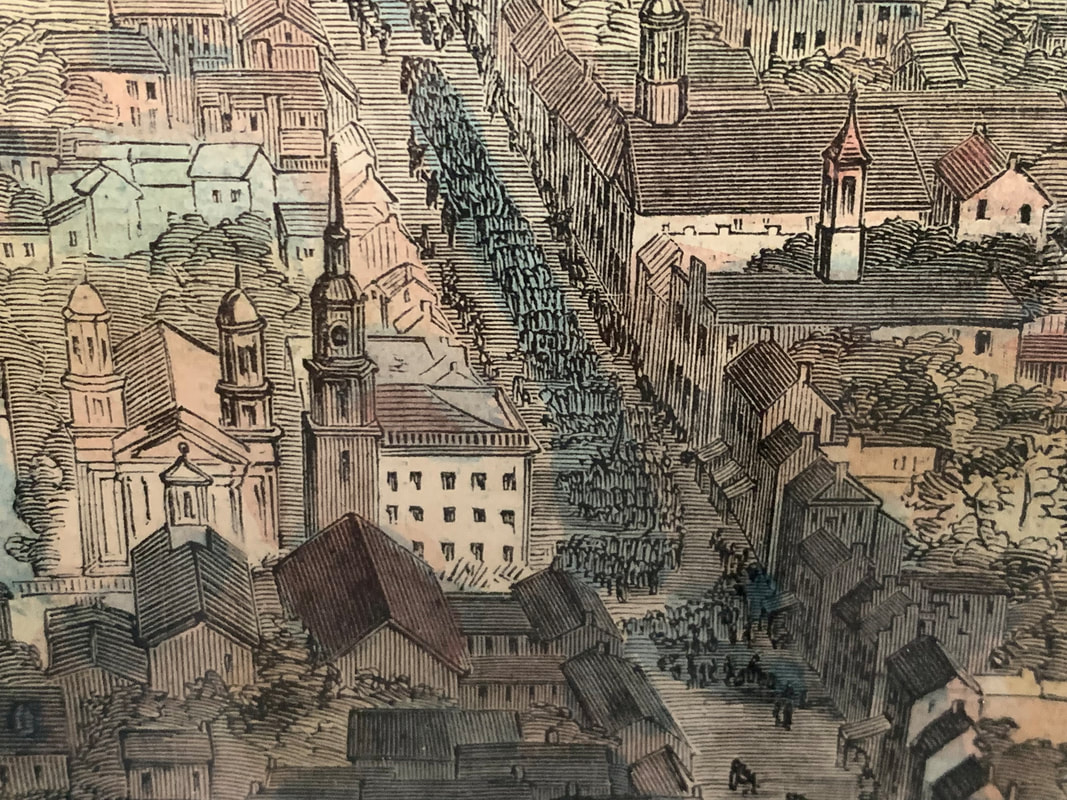 Coppersmith Hall is shown in this lithograph of Frederick appearing in Harpers Weekly in the fall of 1862. Confederate soldiers can be seen marching down Market Street during the invasion of early September of that year. The Hall is partially obscured by Trinity Chapel's iconic steeple and on the northwest corner of Market and Church streets as has been established Parmater and the wounded of Antietam were placed on the first floor, former site of the billiard parlor, with large windows facing Market Street in which he could watch townspeople shuffle by, farmers bringing their goods to the market house across the street and army wagons, ambulances and soldiers passing by. The Ohio soldier was treated for two maladies that fall and winter, typhoid fever from October 1st through December 30th. After a furlough home, he returned to Frederick after the New Year of 1863 only to fall sick again with “adhesion of pleura.” He’d be laid up until February 23rd. In his diary, the soldier credits two women with saving his life and said that without their attention he might have died. He wrote of one of them while his company was in Kentucky at war’s end waiting to be mustered out of service, recounting his experience. Here he had business with the quartermaster of a camp in Bardstown who shared a name familiar with one of his guardian angel attendants back in Frederick. The soldier’s name was Coppersmith, and apparently this gentleman was a relative of Maria Louisa in some capacity, but the author (Fritsch) could not make a definitive identification. Parmater wrote that in June of 1863, the 29th had the opportunity to pass through Frederick once again, this time en-route to Gettysburg. He desired to sneak into town and thank Mrs. Coppersmith, whom he called “Mother Copper,” in person for his full recovery. He would not have the chance because the army was moving too fast. His diary states that our subject, Maria Louisa Coppersmith, is said to have brought Sgt. Parmater chicken stew, sweet potatoes, and strong tea. Back in Kentucky in July of 1865, the Quartermaster’s officer informed Parmater that he was too late for a personal thank you as his “Mother Copper” had died. In Fritsch’s words “she had worn herself out not only nursing Parmater, but many other boys." Maria Louisa died on July 4th, 1864. The significance of this date goes without saying. However, it has unique importance here in Frederick because Confederate Gen. Jubal A Early would bring his Rebel Army here just days later and ransomed the town for $200,000. The stage was set for more war casualties thanks to the Battle of Monocacy fought at the location south of town which Parmater and his colleagues of the Ohio 29th had secured two years previously. Even without easy access to the Frederick Town Herald of that time period, I did locate a major obituary for Maria Louisa Coppersmith as printed in the July 27th edition of the Frederick Examiner. This rival newspaper of her husband’s former publication was printed at a location directly across West Church Street from Coppersmith Hall on the southeast corner of Market and Church. This site plays home to today’s Orchard Restaurant. I’m not sure who wrote this beautiful tribute. Could it have been her husband? Regardless, Maria Louisa’s body was brought to Mount Olivet for burial on July 6th, 1864 and placed within the Baugher family lot where the stone still stands today. Marilyn Veek also found, for me, a book written by Herman H. Barbour, a former Indiana legislator and friend to the Coppersmiths from their Indiana days. He mentions Lewis Coppersmith both as living in Columbus, Indiana in 1848 (when his wife apparently stayed with the Coppersmiths) and in Frederick (where the Barbours visited the Coppersmiths in 1856). In this 1856 visit, Mrs. Barbour says in a letter home to her son Joseph: "We left Washington, Monday afternoon at four o'clock, and at seven stopped at Frederick, Maryland, at the house of a Mr. Coppersmith, with whose family we were intimately acquainted in Columbus. They are wealthy, live in a fine, large house, and keep slaves; though I think they are very kind to them, for they are good, Christian people, and love everybody. We found them very glad to see us, and we had an excellent visit there, though short, for your papa thought we must leave the next morning." Herman H. Barbour also includes a beautiful letter written by Maria Louisa Coppersmith upon the death of Barbour's wife: In July 1864, I expected Lewis Coppersmith to be in Washington, D.C., the town the Battle of Monocacy saved. Instead, I found an IRS tax assessment that had him listed as a peddler first class living in Indianapolis, Indiana in July, 1864. I really found this puzzling, and perhaps it explains why Maria Louisa dedicated her life to helping others. Had Lewis “flown the coop,” perhaps humiliated by his business defeats simply ran away and abandoned his wife as well? Another factor comes with a shocking discovery found in The Washington Evening Star in September, 1863 while Lewis was clerking in Washington, D.C. There is certainly more to this story that needs to be uncovered. However, that seems to be part of Lewis’ issues, he needed to stay "covered," at least in public! I bring you back to the beginning of our story and the genre of Bildungsroman, the literary style that focuses on the psychological and moral growth of the protagonist from childhood to adulthood in which character change is important. At least Maria Louisa's life ended on a high note. I could not find a death record or gravestone for Lewis. On August 11th, 1869, his name is included in a newspaper’s list of unclaimed letters at the LaFayette, Indiana post office. The last record I could find was that of L.F. Coppersmith, a 55-year-old farmer born in Maryland, living in Spice Valley township, Lawrence County, Indiana in the 1870 census. Interestingly, as this is the last trace I could find of Coppersmith, 1870 marks the year of Charles Dickens' death. As for Coppersmith Hall, it would carry Lewis’ name long after the lone decade it was in his ownership. The Civil War usage shows that once the building was no longer needed as a hospital site, John Loats and Grayson Eichelberger continued to rent part of the property for government offices throughout the war. In September 1864, the occupants of the building included: Provost Guard offices on the first floor facing Church Street, tobacco store on the corner, and an auction room on the first floor facing Market Street. The Quartermaster’s Offices and the Collector of Internal Revenue office were positioned on the second floor. Additional Quartermaster’s Offices could be found on the third floor. Loats and Eichelberger sold the property to Lawrence Bentz in early 1866. The building was demolished in 1912 in order to erect the present Rosenour building. This would house many interesting businesses in its future ranging from clothing stores to restaurants. The footprint of the room in which Sgt. Nathan Parmater, from the 29th Ohio, recuperated in behind large glass windows, now hosts diners frequenting The Tasting Room. Perhaps the spirits of Maria Louisa and Lewis Frederick Coppersmith still linger? Meanwhile, what ever happened to Nathan L. Parmater as he, perhaps, had the most fascinating and "David Copperfield-esque life of all, thanks in part to the selflessness of "Mother Copper," Maria Louisa Coppersmith? A biography of him appears in a Michigan history book and reads as follows: "NATHAN L. PARMATER, M. D. has the distinction of being, in point of years of practice, the oldest physician in Otsego County. He came hither in April, 1873, prior to the organization of the county, and selected a homestead on the southeast quarter of section 18, Livingston Township. In the fall of the same year he was joined by his wife, who was the first lady to locate on a homestead in this locality. At that time there were no settlers in the township and but few families in the county. His was the task of the pioneer, that of evolving from the dense forests a comfortable abode and of assisting in the material development of the county. That he was successful in his efforts subsequent events have clearly proved. He is now the owner of one hundred and sixty acres of farmland, containing substantial buildings and other improvements, and situated four and one-half miles from the village of Gaylord, which was platted in the fall of 1873. In 1888 he removed from the old homestead to the adjoining town, and here he has since continued the practice of his profession. In the village of Louisville, St. Lawrence County, N. Y., the subject of this notice was born September 2, 1835, being the son of Charles and Rhoda (Stone) Parmater, natives, respectively, of Massachusetts and Vermont. His maternal grandfather, Col. Nathan Stone, served in the War of the Revolution, winning in that conflict the title by which he was afterward known. The father of our subject early became dependent upon his own resources, and, leaving home, began the life of a farmer. He spent his entire active life in New York, with the exception of two years in Ashtabula County, Ohio. When more than eighty years of age his death occurred in St. Lawrence County, N. Y. His wife had died many years previously, at the age of forty-nine. In the parental family there were five sons and three daughters, of whom the eldest, Charles, died in Tuscola County, Mich.; Elizabeth married Asel Stafford, and died in Rock County, Wis.; Eunice, Mrs. George Douglas, died in Sauk County. Wis.; Rhoda became the wife of Roswell Stone, and died in Rock County, Wis.; John W. is a farmer of Chesterfield County. Va.; William is engaged in agricultural pursuits in Otsego County ; our subject is the next in order of birth; Harvey W., the youngest, died during the Civil War, while serving in an Ohio battery. The early years of our subject were uneventfully passed upon a farm. Until the age of twenty his educational advantages were limited, but he then entered an academy in Ashtabula County, Ohio, and for some time thereafter conducted his studies with diligence and success. Soon after the opening of the Civil War, in September, 1861, he became a member of Company E, Twenty-ninth Ohio Infantry, and served for three years and ten months, during all of that time being a non-commissioned officer. The first important engagement in which he took part was that of Winchester, March 23, 1862. Then followed the battles of Port Republic, Va., June 9; Cedar Mountain, August 9, 1862; the three-day engagement at Chancellorsville, May 1-3; and the battle of Gettysburg, July 2 and 3, 1863. Soon after the battle of Gettysburg, our subject was sent to Ohio to secure new recruits, and rejoined his regiment in December, 1863, at Lookout Mountain, but soon afterward returned home on a veteran's furlough. He took part in the Atlanta campaign, and after the fall of that city he went to the sea with General Sherman, thence journeyed northward to Washington, and in April, 1865, participated in the Grand Review. His discharge was received in July, 1865. He was never wounded but once, that being at Port Republic, June 9, 1862. After the close of the war, our subject took a course of lectures in the Homeopathic College at Cleveland, graduating in 1867. He then opened an office at Conneaut, Ohio, but in 1868 removed to Reedsburg, Wis., where he remained one year. On coming to Michigan, he practiced his profession in Genesee and Tuscola Counties before locating in Otsego County. While at Reedsburg, Wis., he was united in marriage, in the spring of 1869, with Miss Violet A. Tinkum, who was born in St. Lawrence County, N. Y. They have one child, Vieva S., at present a student in Albion College.
Socially the Doctor has been Master of the home Masonic lodge. In the Grand Army he has served as Past Commander of C. F. Doore Post No. 61, and one of his greatest pleasures is to meet with the veterans of the war, and recall the thrilling experiences of those days of civil strife. He is a stockholder in the Savings Bank and has other important interests in Gaylord. He is a man whom his fellow-citizens respect and admire, and their opinion of his ability is proved by their frequent selection of him as their representative and leader in important measures. He was the first Probate Judge of Otsego County, and upon several occasions filled the position of Township Supervisor, and a member of the Village Council. Few men have been so closely identified with the history of Otsego County as has he, and his name is entitled to perpetuation in its annals. (Portrait and Biographical Record of Northern Michigan : Containing Portraits and Biographical Sketches of Prominent and Representative Citizens, Together with Biographies of All the Presidents of the United States. Chicago: Record Publishing Company, 1895. Pages 347-348.)
0 Comments
Leave a Reply. |
STORIES
|
Archives
July 2024
June 2024
May 2024
April 2024
March 2024
February 2024
January 2024
December 2023
November 2023
September 2023
August 2023
July 2023
June 2023
May 2023
April 2023
March 2023
February 2023
January 2023
December 2022
November 2022
October 2022
September 2022
August 2022
July 2022
June 2022
May 2022
April 2022
March 2022
February 2022
January 2022
December 2021
November 2021
October 2021
September 2021
August 2021
July 2021
June 2021
May 2021
April 2021
March 2021
February 2021
January 2021
December 2020
November 2020
October 2020
September 2020
August 2020
July 2020
June 2020
May 2020
April 2020
March 2020
February 2020
January 2020
December 2019
November 2019
October 2019
September 2019
August 2019
July 2019
June 2019
May 2019
April 2019
March 2019
February 2019
January 2019
December 2018
November 2018
October 2018
September 2018
August 2018
July 2018
June 2018
May 2018
April 2018
March 2018
February 2018
January 2018
December 2017
November 2017
October 2017
September 2017
August 2017
July 2017
June 2017
May 2017
April 2017
March 2017
February 2017
January 2017
December 2016
November 2016

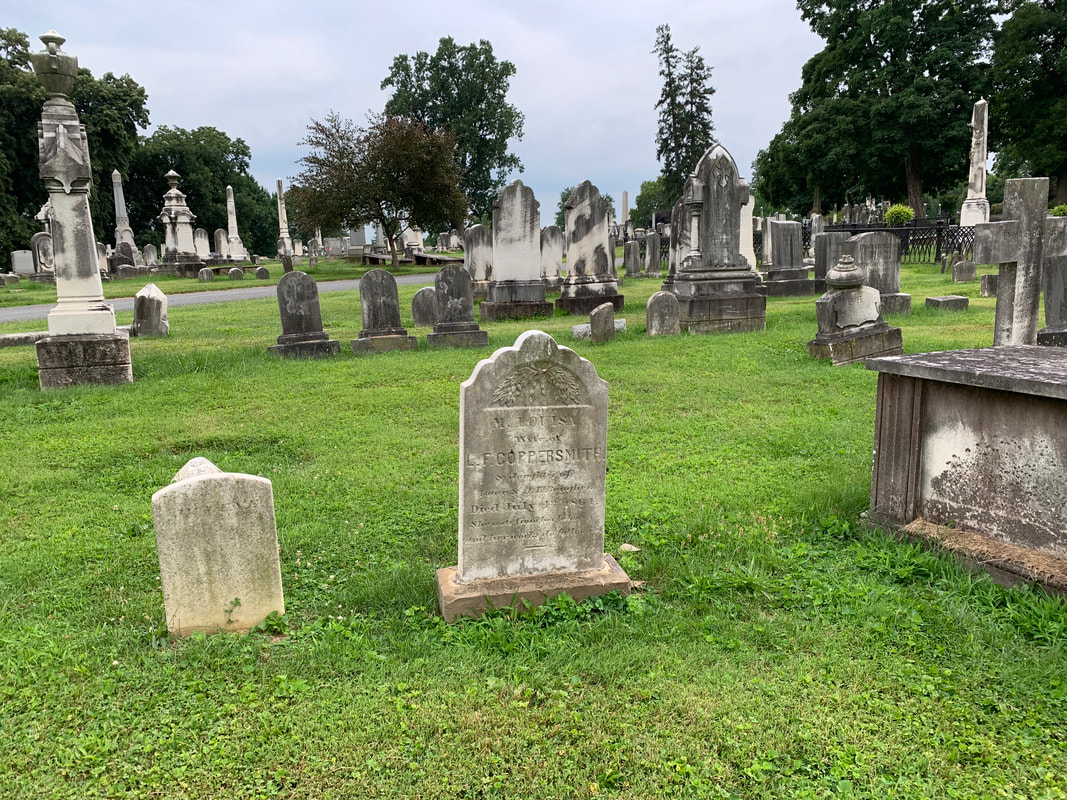
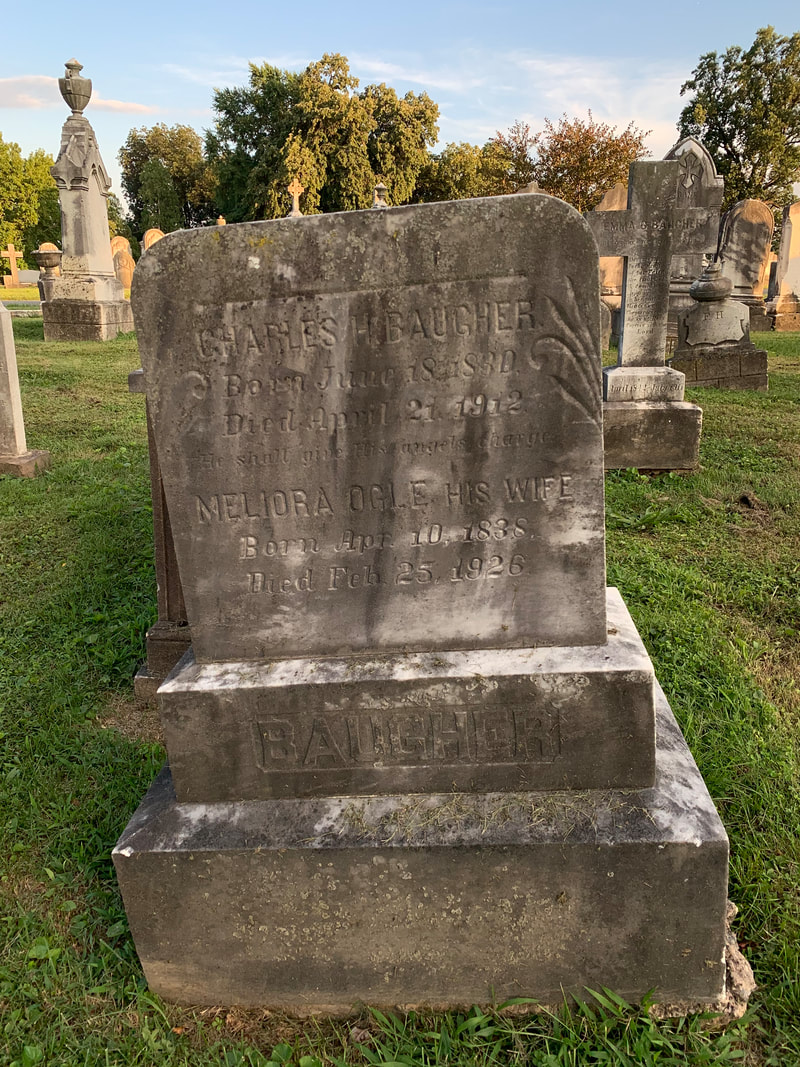

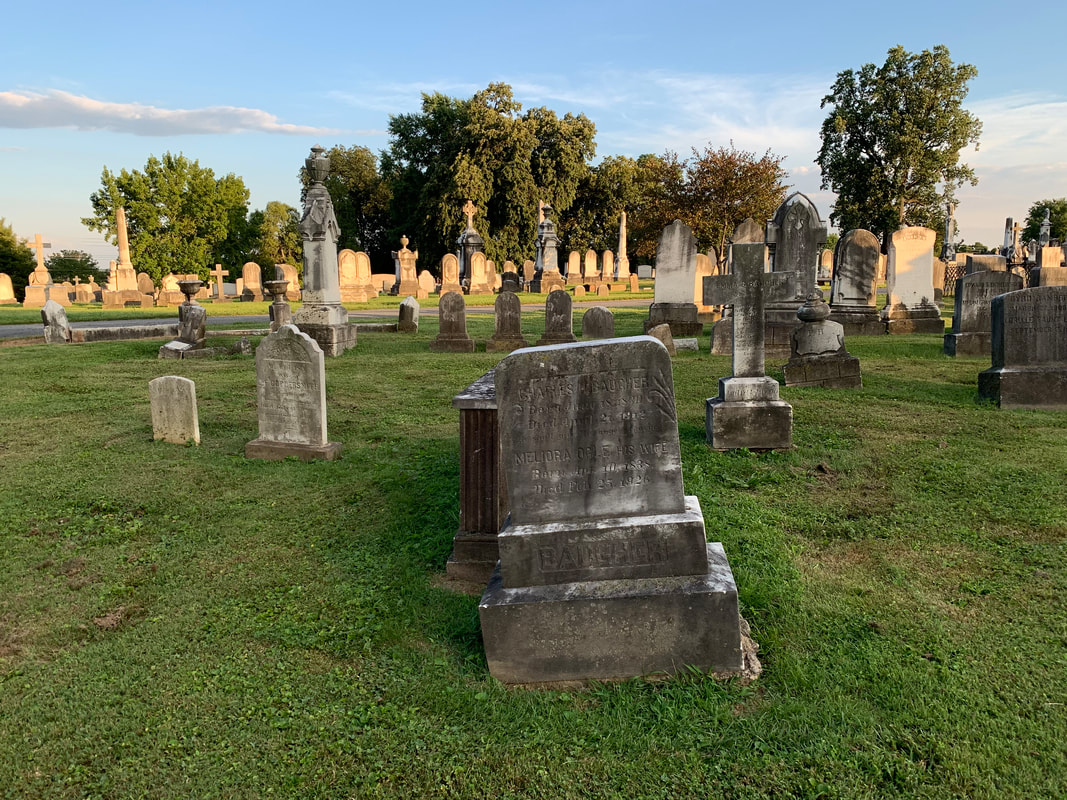

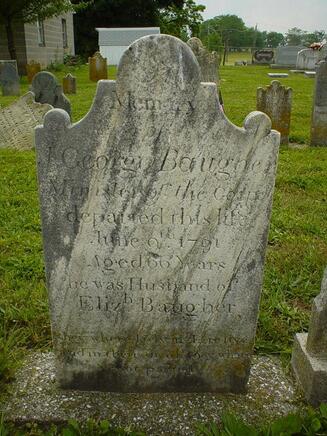
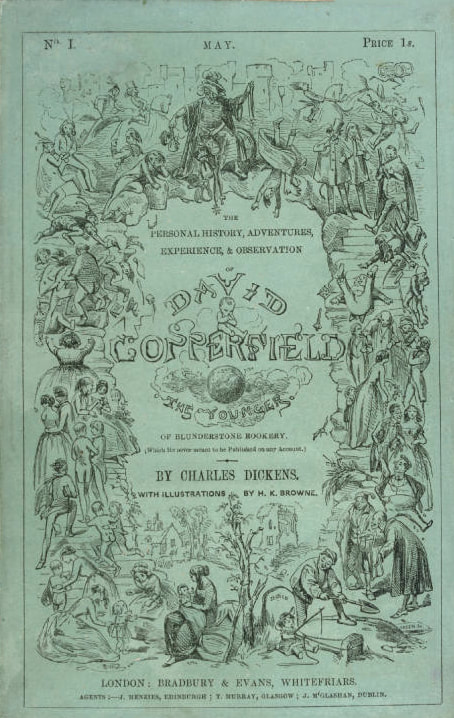
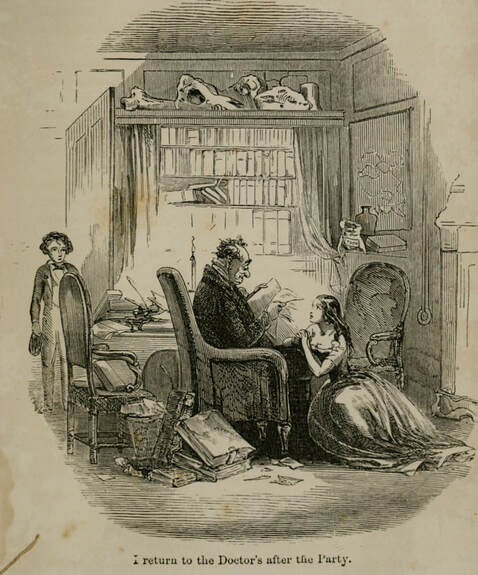
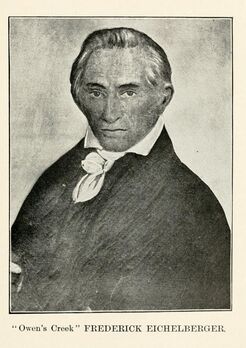
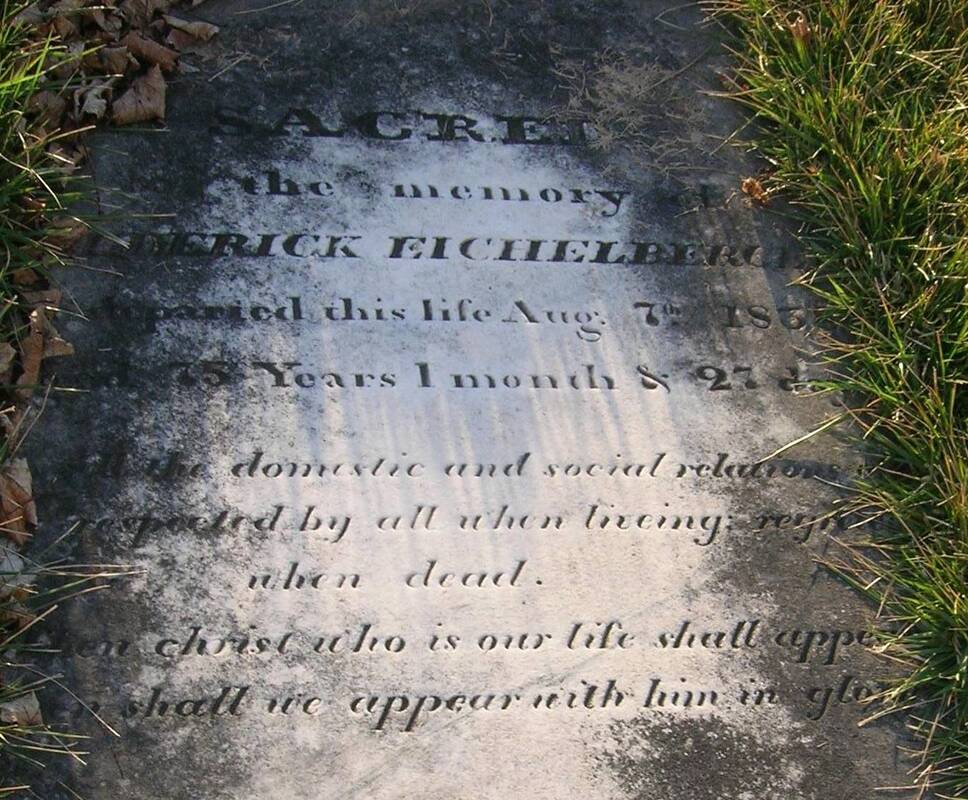


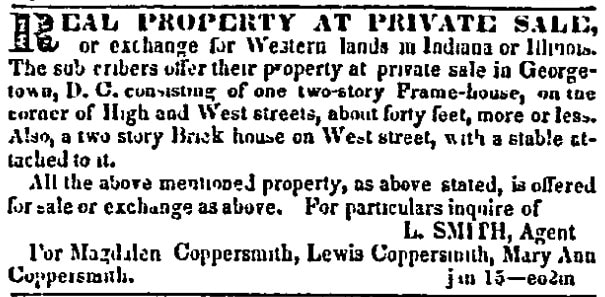

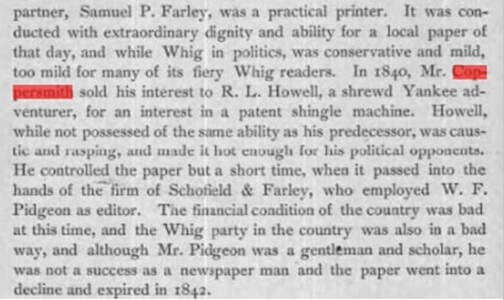
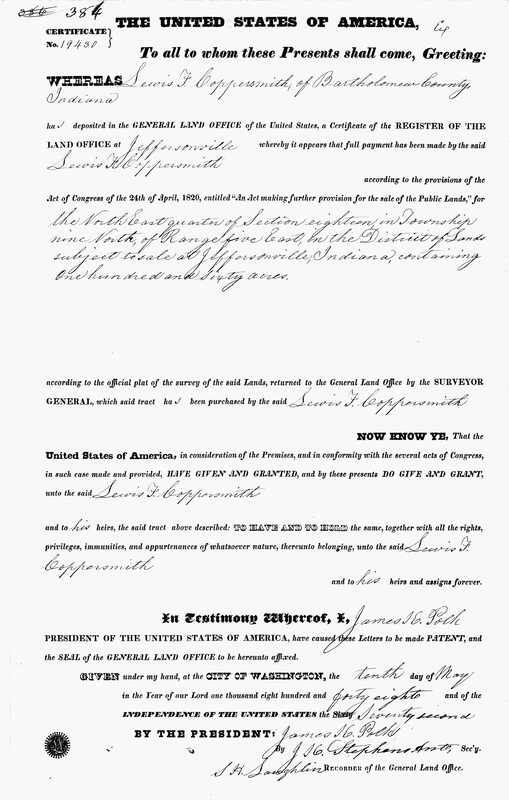

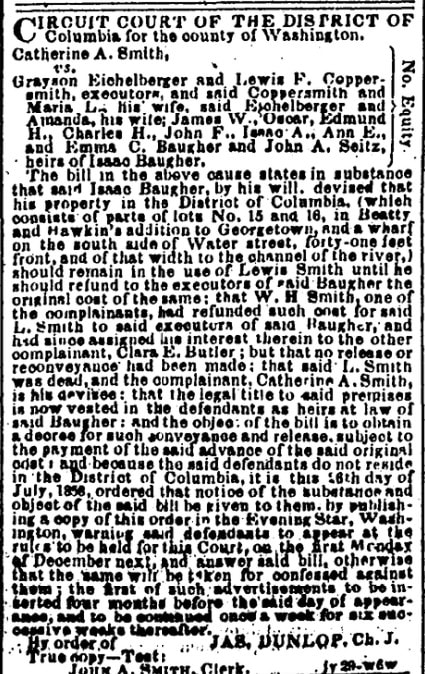
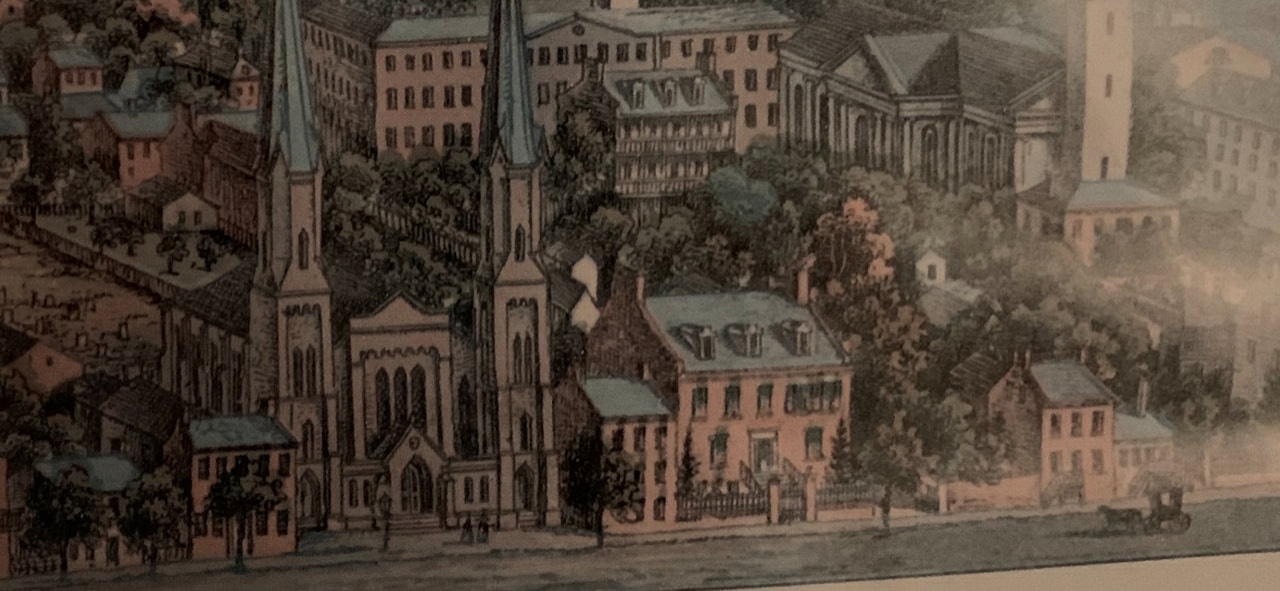

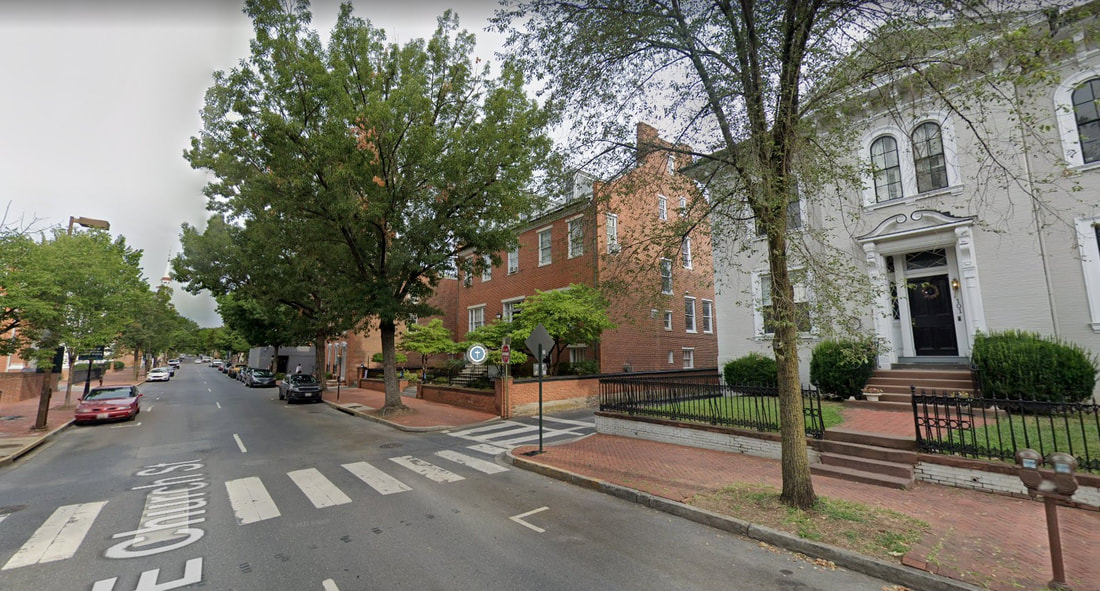
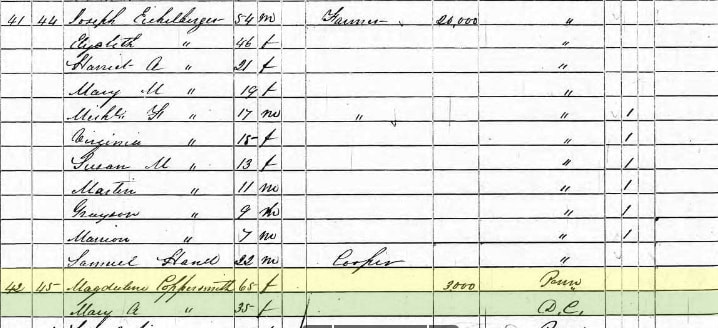
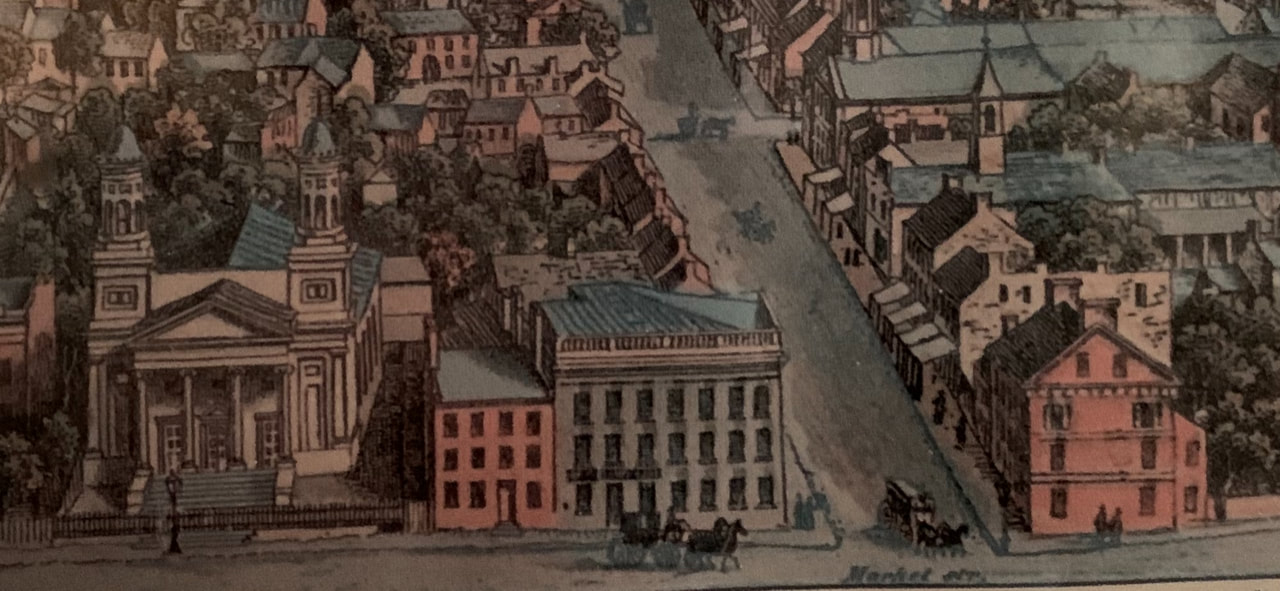
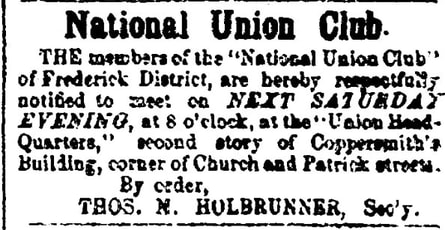
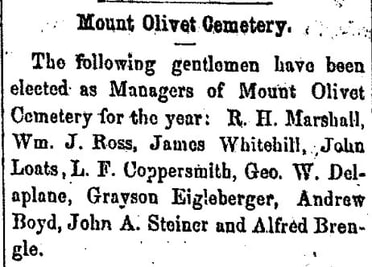
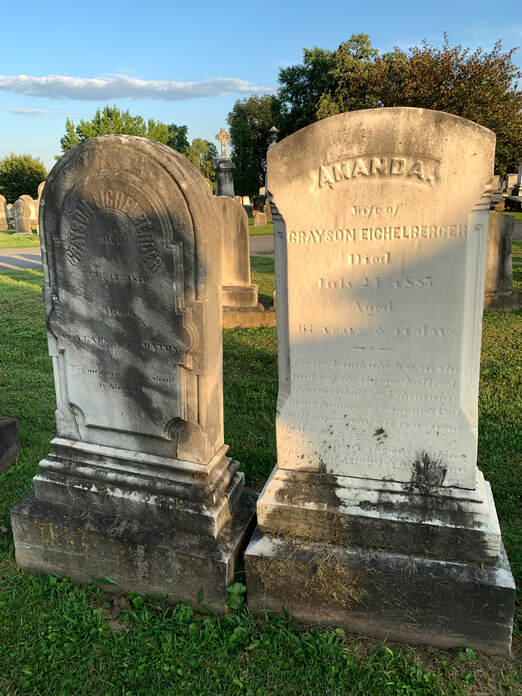

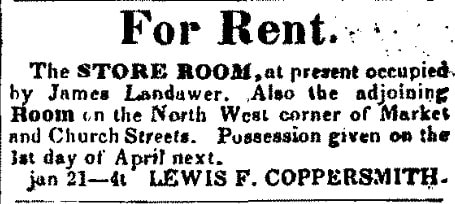
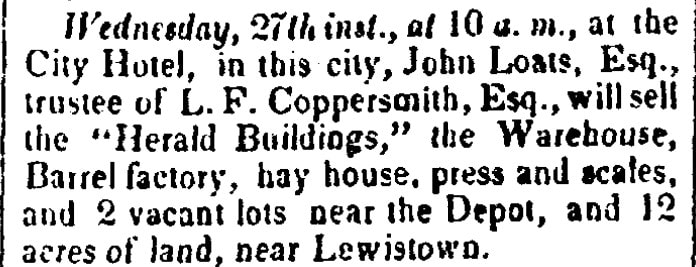
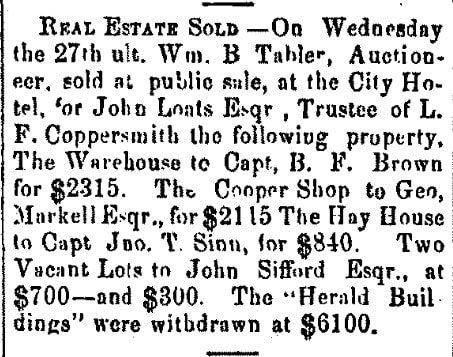
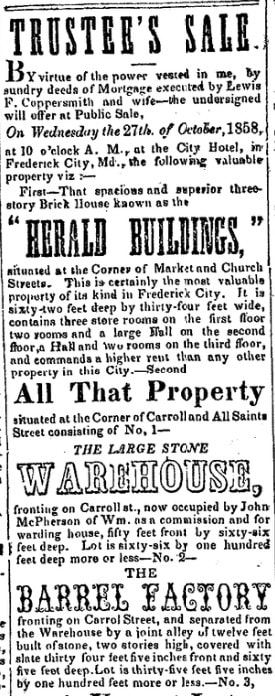
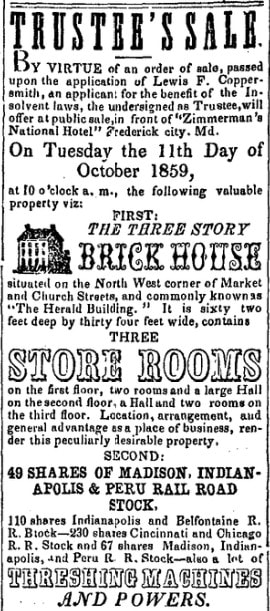
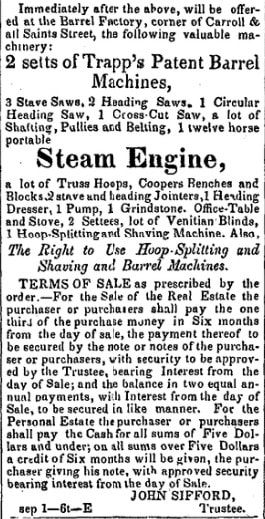
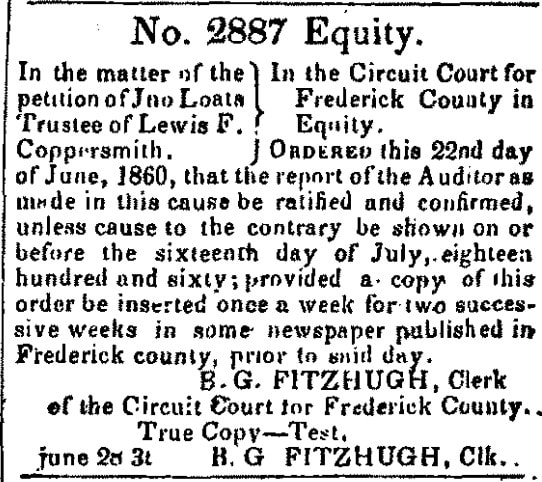
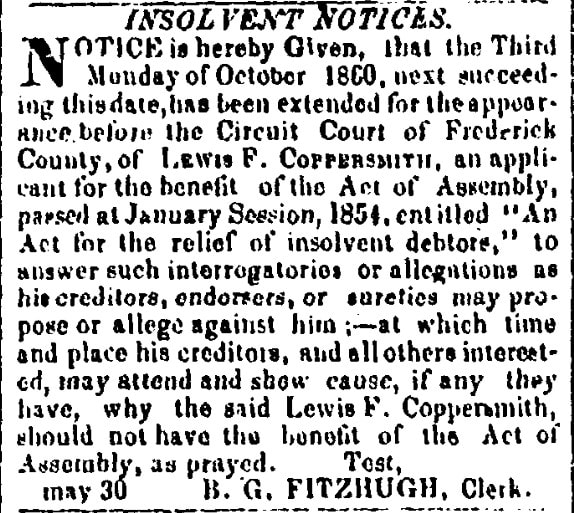
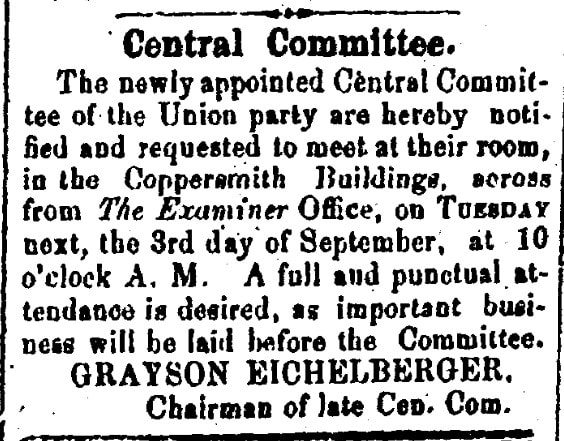
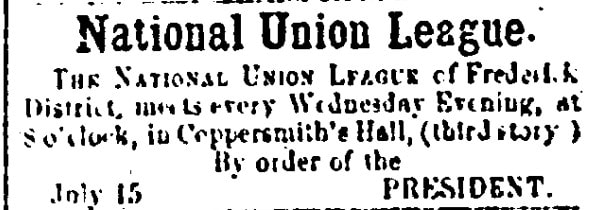
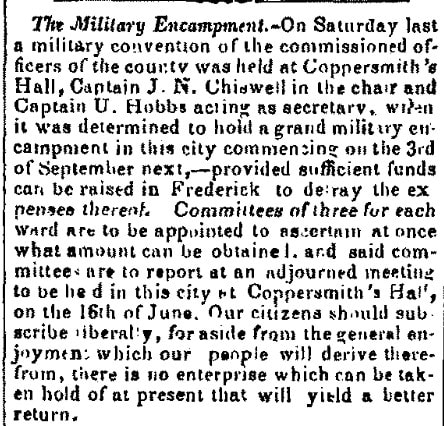
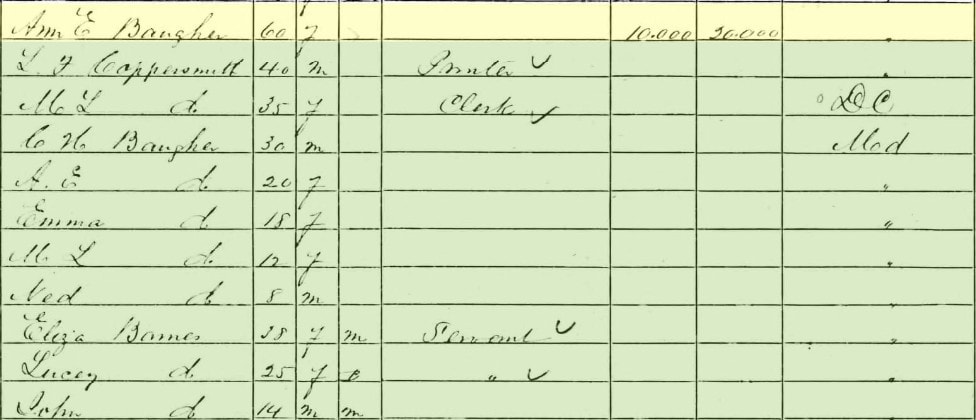

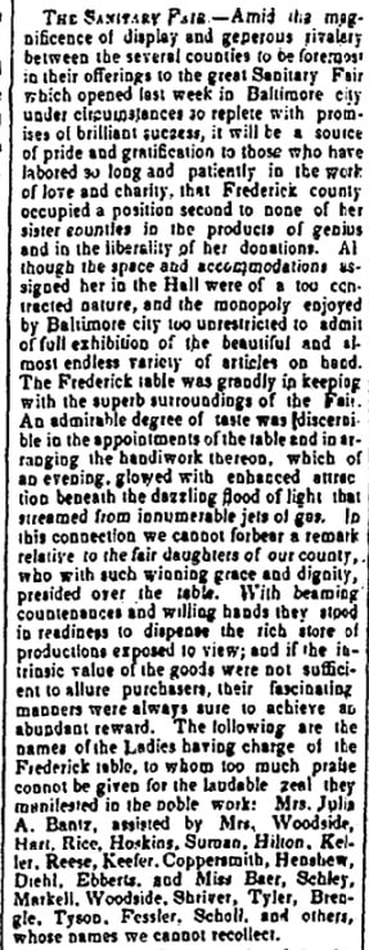
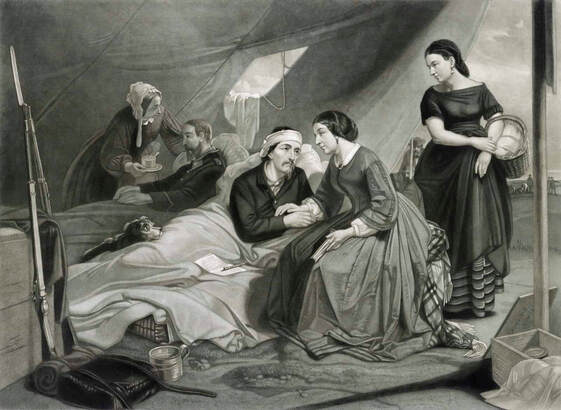

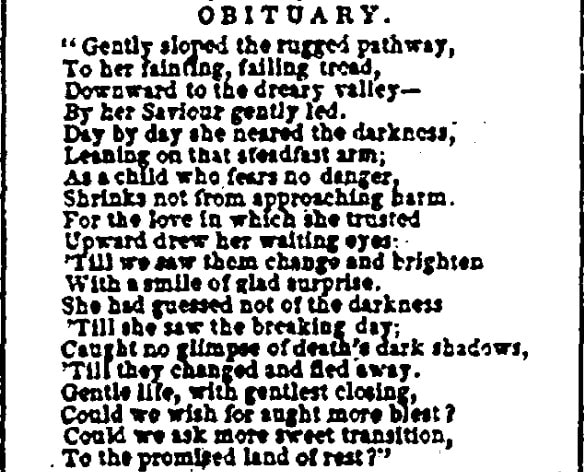
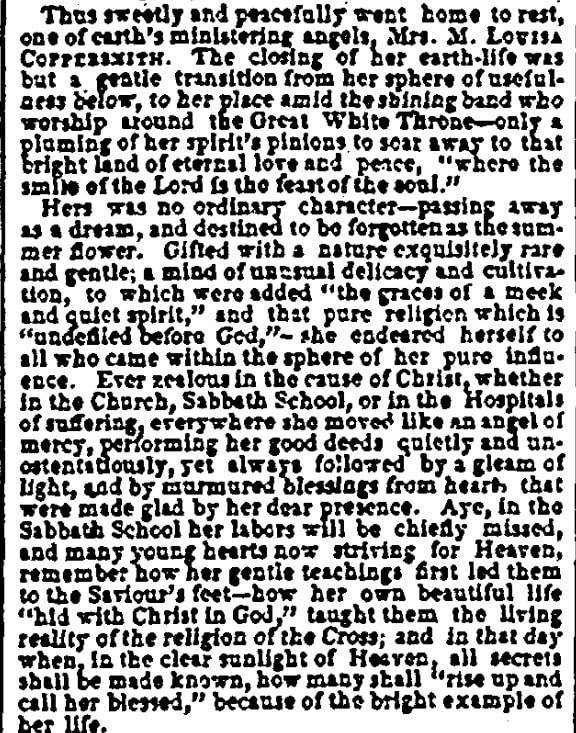
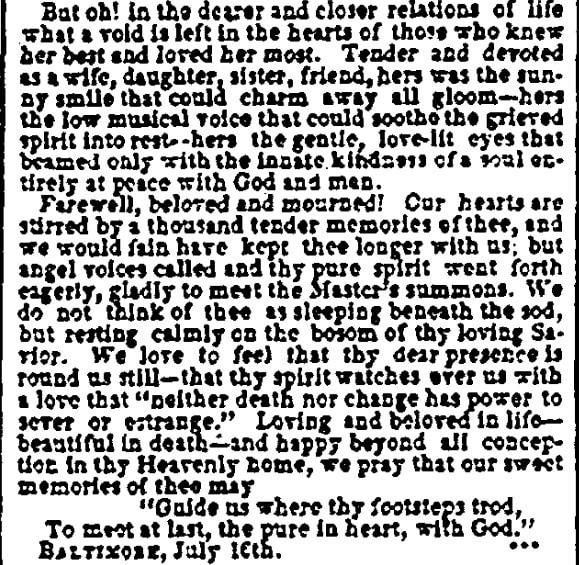
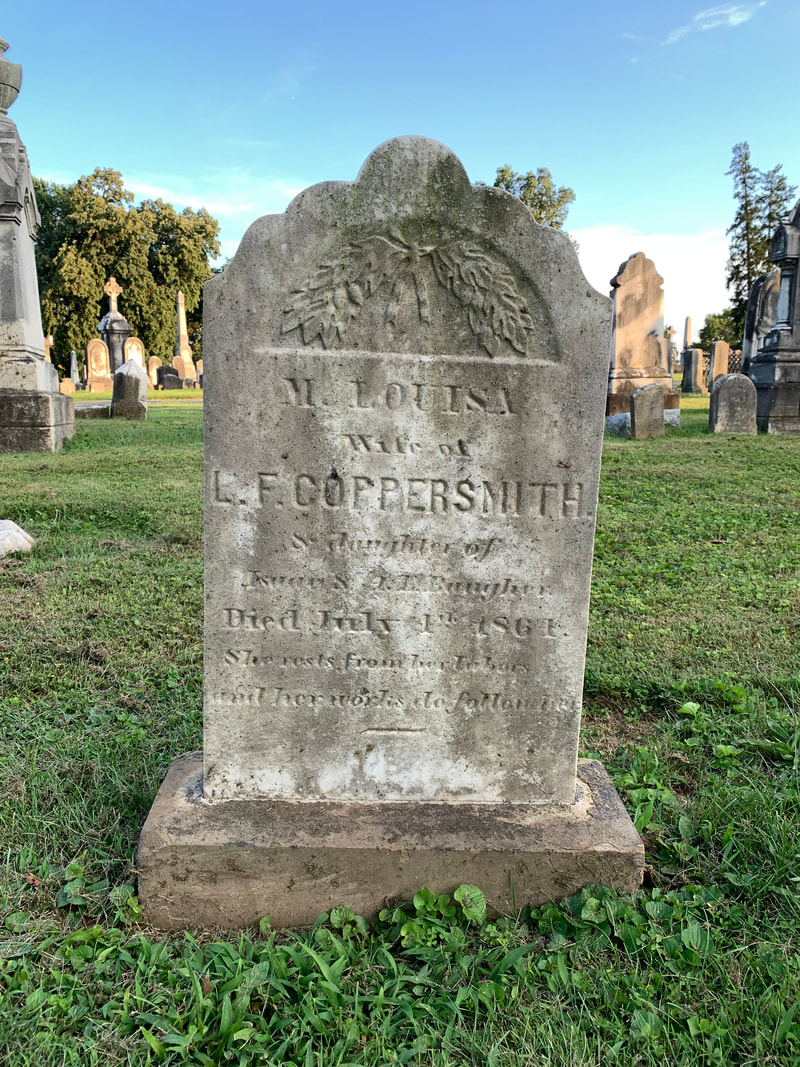
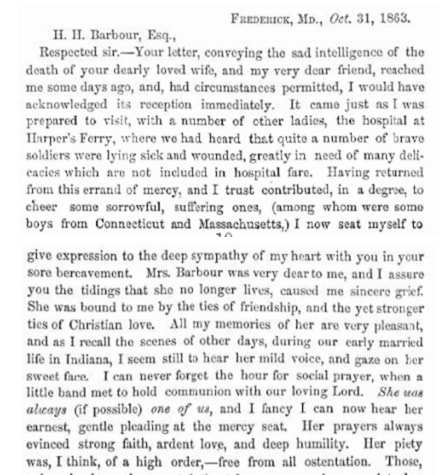
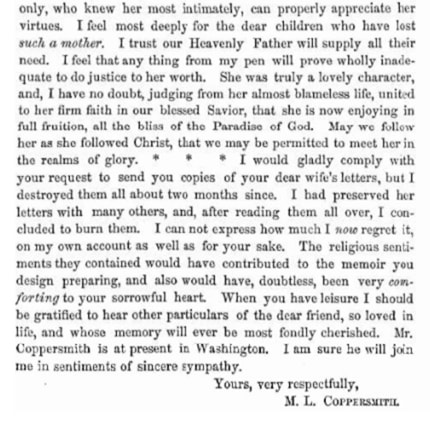
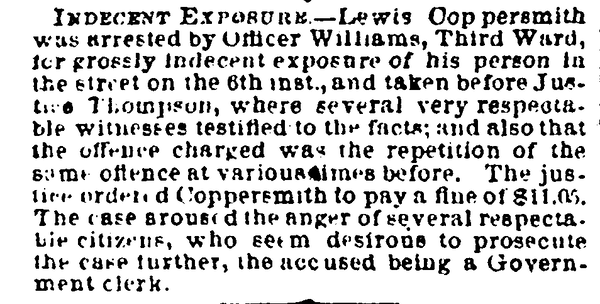

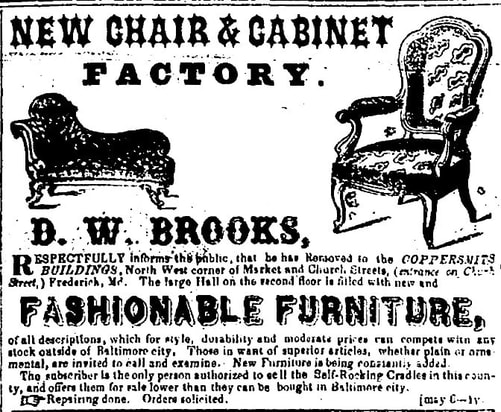
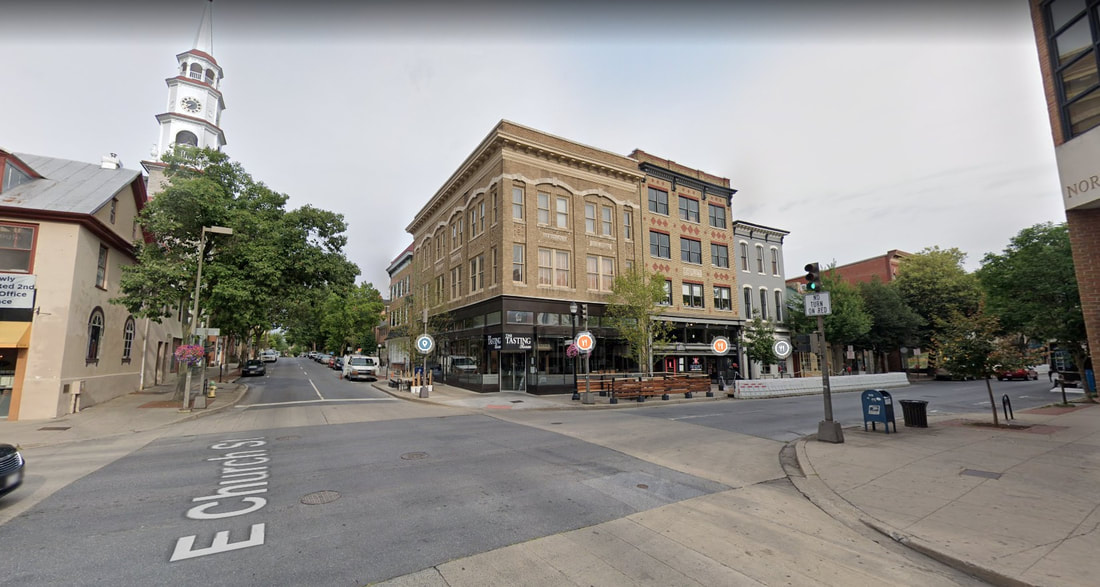
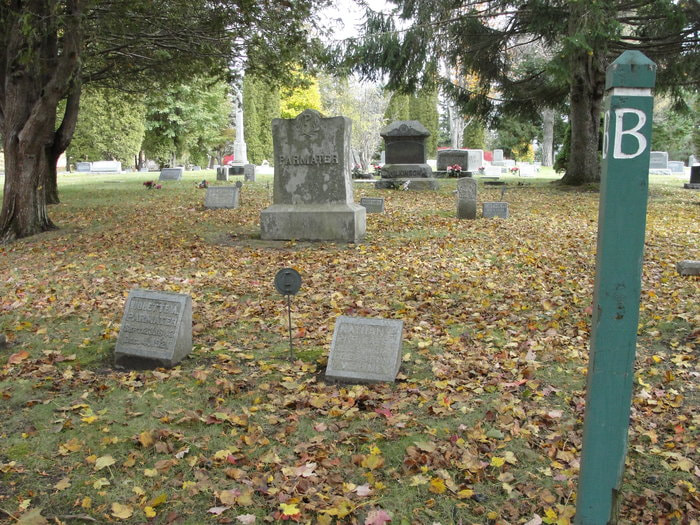
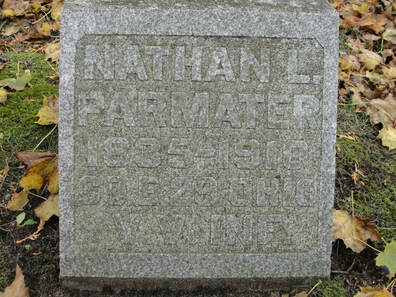
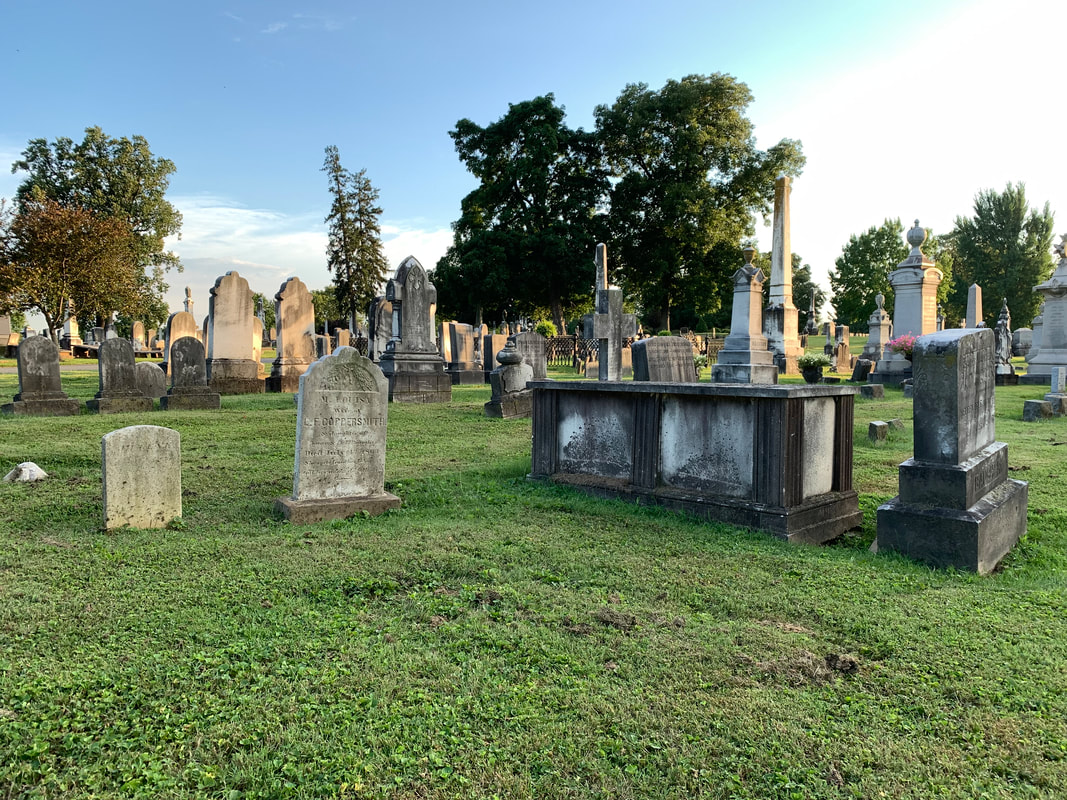

 RSS Feed
RSS Feed